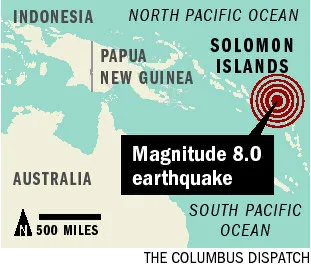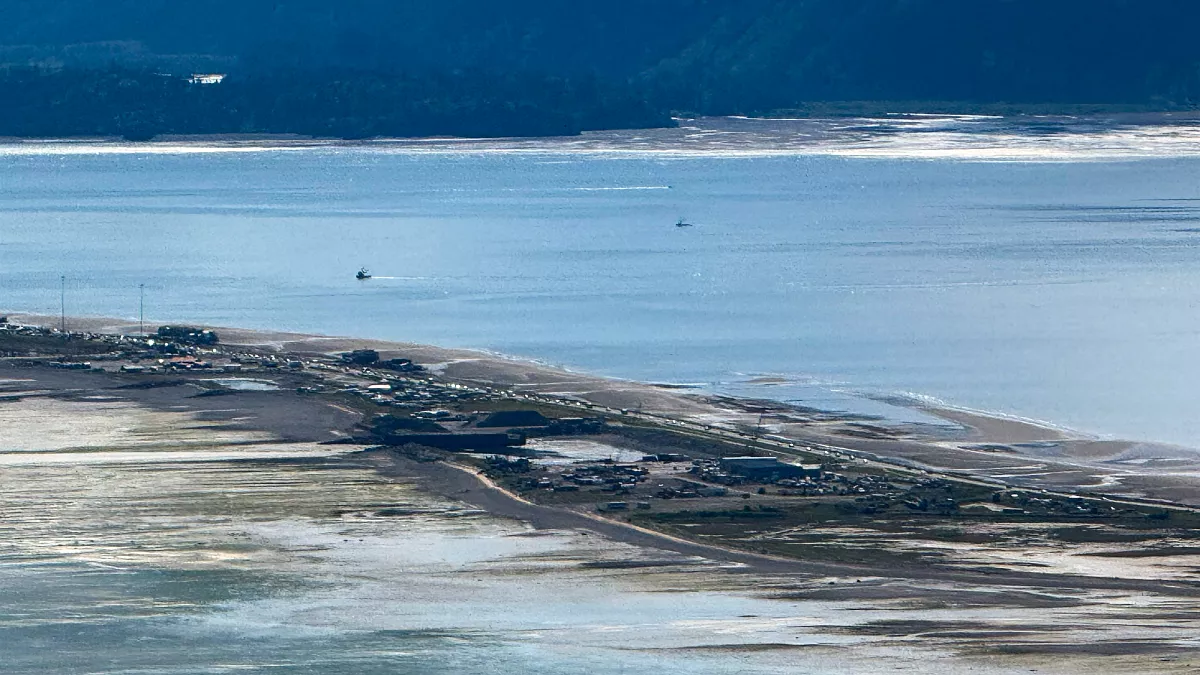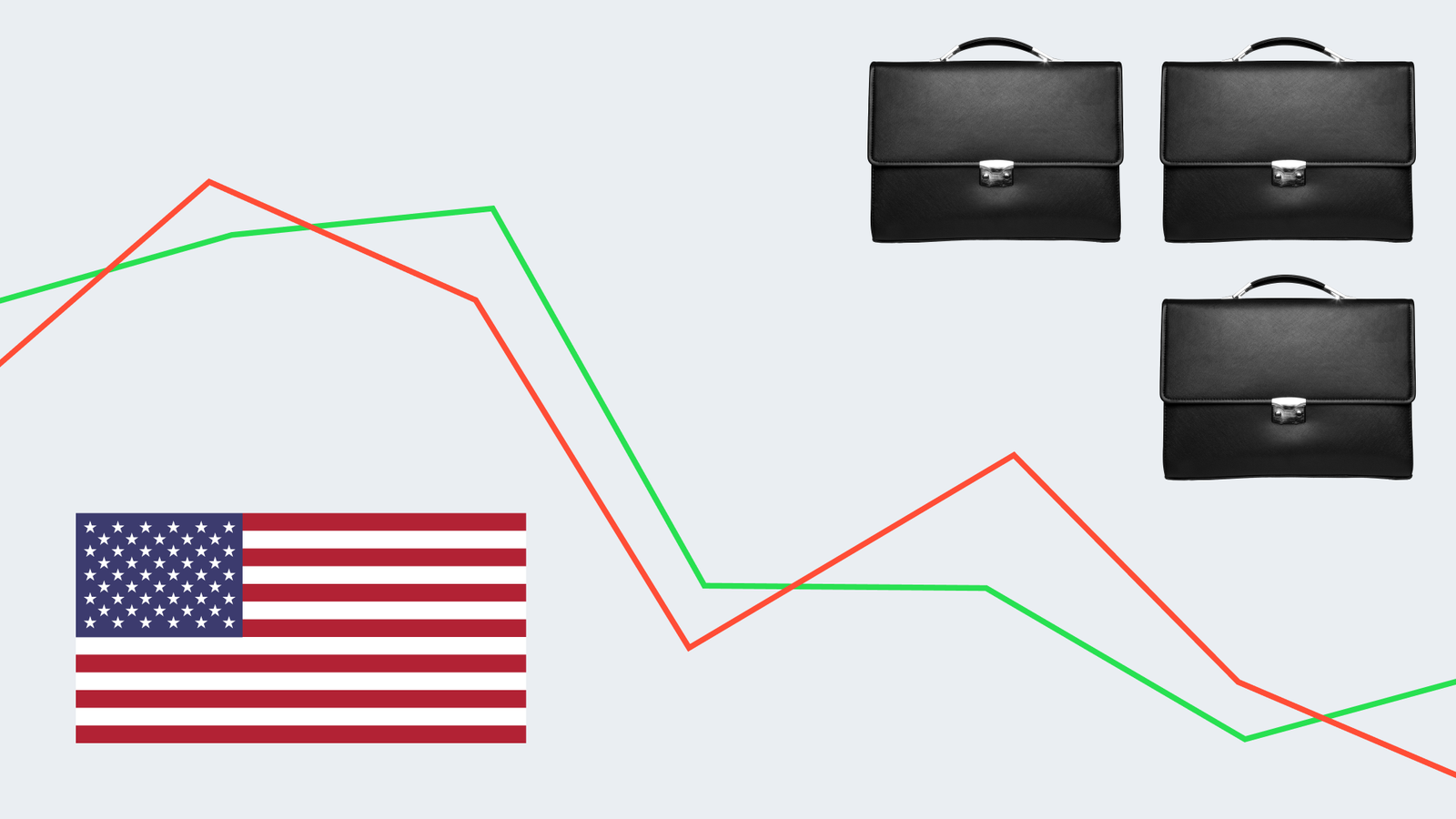Powerful Earthquakes Strike Russia’s Far East, Triggering Brief Tsunami Watch for Hawaii
A series of strong undersea earthquakes struck off the eastern coast of Russia near the Kamchatka Peninsula early Saturday, prompting a tsunami watch for Hawaii that was later canceled approximately 40 minutes after it was issued.
The largest of the quakes, a magnitude 7.4, occurred at around 2:50 a.m. ET, according to the U.S. Geological Survey (USGS). It was centered about 90 miles east of Petropavlovsk-Kamchatsky, a port city with a population of around 180,000 residents. The quake originated at a depth of over 12 miles beneath the ocean floor.
In total, at least four quakes and significant aftershocks in the region measured magnitude 6.0 or higher, making it one of the most active seismic events in the area in recent months. Despite the intensity, no immediate reports of injuries or damage were released, according to Russian state media.

Shortly after the seismic activity began, the Pacific Tsunami Warning Center (PTWC) issued a tsunami watch for Hawaii, citing the potential for hazardous wave activity. Similar warnings were also issued for Russia’s Kuril Islands. However, all alerts were later withdrawn after further assessment confirmed no significant tsunami threat.
This event comes just four days after a magnitude 7.3 earthquake hit the Alaska Peninsula, briefly prompting a tsunami warning for parts of southern Alaska. Residents in several low-lying communities were temporarily evacuated before the warning was lifted without incident.
In a separate, unrelated incident, a magnitude 4.7 earthquake occurred near Hawaii’s Big Island in August 2024. That tremor did not trigger a tsunami advisory.
🌊 What is a Tsunami Watch, Advisory, or Warning?
- A tsunami watch is issued when an earthquake occurs that has the potential to generate a tsunami. It serves as an early alert so that authorities and coastal communities can prepare in case the situation escalates.
- If initial data suggests that the resulting waves may cause dangerous currents or localized coastal impacts, the watch may be upgraded to a tsunami advisory.
- A full tsunami warning is declared when a tsunami is expected to cause widespread, life-threatening flooding and powerful coastal currents that may persist for several hours or longer.
🌊 What is a Tsunami?
According to the National Oceanic and Atmospheric Administration (NOAA), a tsunami is a series of extremely long ocean waves caused by a sudden and powerful disturbance, most commonly undersea earthquakes. Unlike normal surface waves generated by wind, tsunami waves move through the entire depth of the ocean, from the seafloor to the surface, and can travel at speeds of up to 500 mph, crossing entire ocean basins with little loss of energy.
This latest seismic activity off the Russian coast is another reminder of the volatile tectonic activity along the Ring of Fire, a zone known for frequent earthquakes and volcanic eruptions surrounding the Pacific Ocean.



